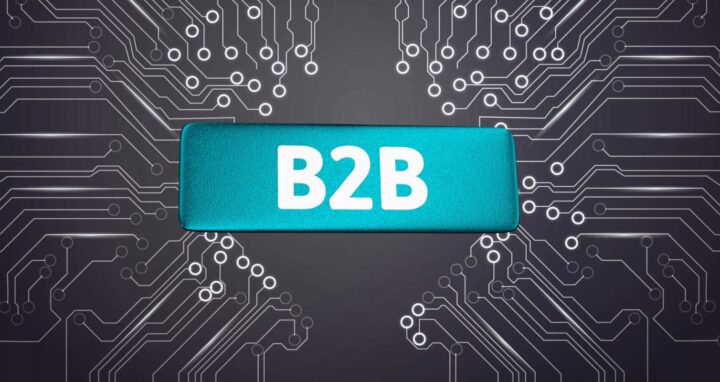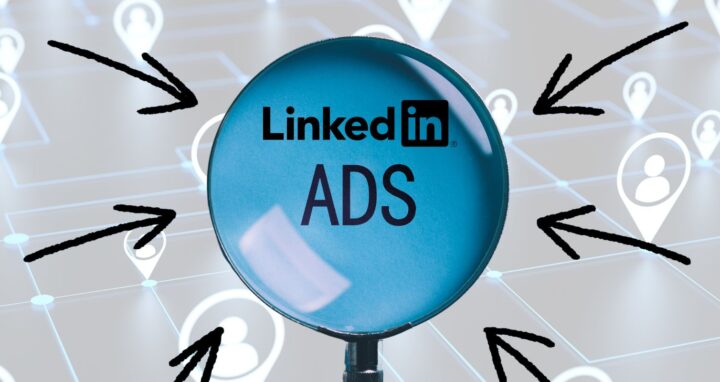At this point in my career, I’ve had literally thousands of meetings with clients about marketing content. Typically, there are lots of questions about what success will look like, but very little air time is devoted to anticipating, overcoming and even leveraging mistakes.
In our experience, only a thoughtful evaluation of both success factors and common mistakes will lead to the development of useful, inspiring and empathetic marketing content. (Read here for more about how one of my favorite thinkers, Ann Handley, further defines innovative content.)
Let’s start with the easier part: what are the key success factors for great content marketing?
Develop differentiated thought leadership that gives stakeholders actionable insights: The most crucial element in any content marketing program is to start with researching audience needs and then develop messages and stories that help your target improve their own business outcomes. Unfortunately, many B2Bs don’t find thoughtful research a critical investment and instead want to rely on old or piecemeal information.
Commit to the technical work that underpins every good content marketing program: All that glitters is not gold in content marketing. The quality of your “behind the scenes” information may make or break success. Typical “boring but necessary” work includes SEO and correlated competitive keyword analysis, link acquisition, ongoing assessment of your web analytics and careful planning of the Calls to Action (CTAs) that will drive your visitor journey.
Embrace the broad universe of format opportunities: While the white paper still reigns supreme for many professional services firms, there is a dawning awareness of a rich palette of colors offered by new formats like videos and interactive quizzes. For one of our clients, we migrated his planned book series into an ebook series. Another client wanted to launch his new blog with a bio that truly reflected his personality. Inspired by a TED project, Bliss worked with a musician to write a song and video about our client’s professional mission. In both cases, our clients were excited to “dream bigger.”
Leverage emerging tools that offer marketers new insights: The explosion of digital has led to an almost daily launch of new tools that help marketers achieve more. As an agency, it’s our job to stay on top of emerging tools that could benefit our clients. A few of our recent favorites include Sysomos (arguably the best social monitoring tool), Clicktale (allows companies to see a heat map of where visitors click on their website) and WordTracker (keyword research tool).
Now, let’s look at the harder-to-accept mistakes you may already be making:
Default to internal assumptions about audience motivators: It’s very easy for sales and marketing professionals to believe they already know what matters to their audience. But even rainmaker status or a fully developed sense of empathy does not give you an exemption from identifying independent, factual research to confirm your stakeholders’ needs. In one SEO project, the client consistently used one phrase to describe audience needs. But we discovered that their target audience did not actually use that phrase in search queries.
Assume marketing content is only built for the bottom of the sales funnel: The B2B sales process is complicated, and the professional services sales process is byzantine. It often takes years to convert a multi-million dollar consulting engagement. Yes, you need to create marketing content that will help convert interested buyers, but you really need content that’s designed to meet their needs at every stage.
Expend collective Practice/Platform energy on marketing but ignore necessary individual investment required for success: When a company begins a significant marketing effort, it feels exciting, fresh and even emotional. The natural ambiguity of marketing means that the various internal stakeholders are energized, even if they don’t always agree on priorities. The group dynamic can be a powerful accelerant that benefits the program. However, that momentum is often derailed when the group must become individual ambassadors charged with carrying forward parts of the initiative. Developing a new video is exciting, but cleansing your personal email list is not. Marketing may start as a group, but individuals need to carry the program to the finish line.
Spend more budget on format development than on distribution: By the time the content strategy is solidified and the individual assets are built, it’s easy to lose sight of the significant efforts involved in distribution and outreach. We had one international client who spent significant money on building new content, only to realize it had no Euros left when it came time to share the content with bloggers.
It’s important to save money for the “connect” phase of the program. Who are the right influencers and/or bloggers? Who are our most promising employee ambassadors…and do they need to be trained for outreach? Where do traditional media fit into the program, since we know how desirable their links are? The list is long, but the best programs ensure there are funds available for touching your audience by every possible penetration point.
Now, it’s your turn. How often do you discuss mistakes in your marketing meetings?
To read more on B2B marketing best practices, read my April 3rd post here: B2B Marketing to the C-Suite: Why Are We Doing it Wrong?
Connect with Elizabeth:
Phone: 212.840.0017
Email: [email protected]
Twitter: @elizabethsosnow
LinkedIn: Elizabeth Sosnow



